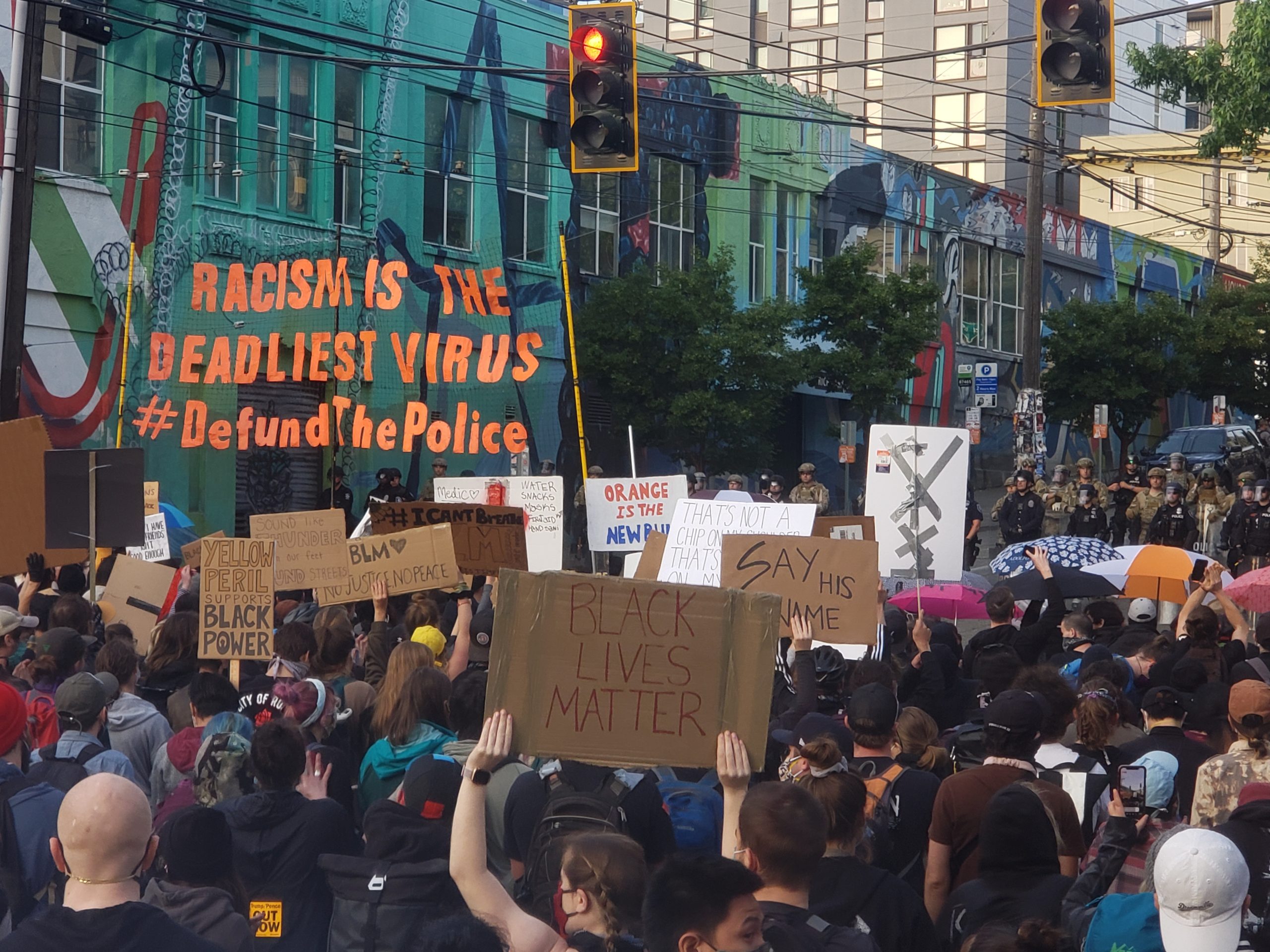
A woman holding two phones, one with “1000 likes” and the other with none.” “Person Holding Smartphones” by Kaboompics.com is licensed under Pexels License.
Women’s voices remain underrepresented in many types of online political participation, even as digital platforms expand. But why do women participate less actively in these conversations than men? New research from Zhaodi Chen and Junghun Han investigates one potential factor: negative feedback mechanisms like “dislikes” and comment deletion.
Chen and Han conducted a survey experiment, in which research participants were presented with hypothetical scenarios. In these scenarios, participants were asked to imagine posting their opinions on COVID-19 social distancing anonymously in a public online forum. Depending on the scenario, the participant’s contribution faced either 1) negative feedback in the form of “dislikes” – such as downvotes on Reddit or dislikes on YouTube – or 2) complete deletion, such as on Wikipedia. The findings are revealing: for women, the possibility of their post being disliked did not deter them, but the risk of deletion significantly lowered their willingness to participate. For men, neither dislikes nor deletions significantly impacted their participation.
While past studies have shown that women face greater hostility in digital spaces, Chen and Han’s results suggest that the platforms’ engagement designs may also contribute to the gender gap online. Women’s reluctance to post when their contributions risk erasure shows how certain feedback mechanisms may unintentionally silence women and reinforce gender disparities in public discourse. Rethinking the use of these negative feedback mechanisms could be a step toward more inclusive online discussions.









